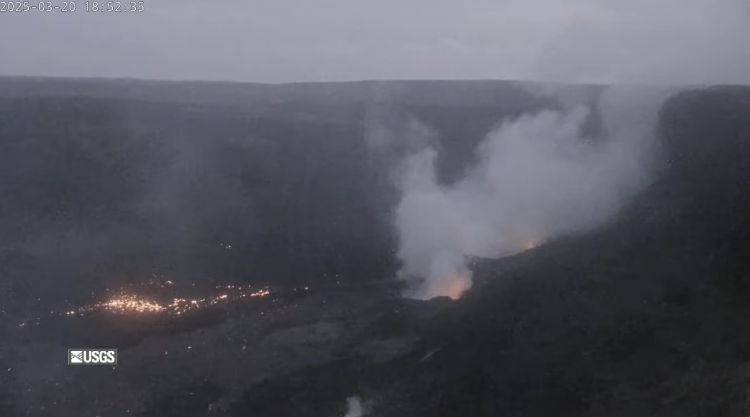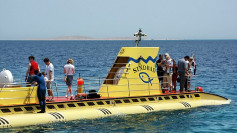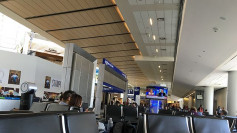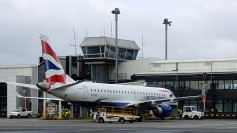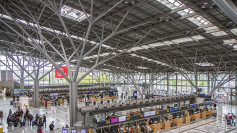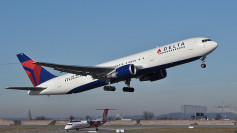Kilauea, Hawaii's most active volcano, erupted once again this week, producing lava fountains that soared up to 700 feet into the air, captivating visitors at Hawaii Volcanoes National Park. The eruption, which began Wednesday morning after a brief one-week pause, marks the 14th eruption episode since late December, according to the U.S. Geological Survey's Hawaiian Volcano Observatory.
The latest outburst persisted for 28 hours before ceasing Thursday afternoon. During the final hours, lava jets continued to reach heights of 600 feet, offering a dramatic display for onlookers gathered at the park's scenic overlooks.
"There is a lot of excitement in the air and visitors are gasping in amazement, smiling from ear to ear, and walking briskly or running from parking lots to viewpoints hoping to see" the eruption before it diminished, park spokesperson Jessica Ferracane said in an email.
Webcam footage captured by the USGS revealed vivid red fountains erupting from the summit caldera, with some images showing glowing rock fragments shooting beyond the crater's rim. One particularly striking photo documented swirling whirlpool patterns forming in the lava pond's crust-a phenomenon known as lava drainback.
The current series of eruptions at Kilauea began on December 23, 2024. Each episode has varied in duration, with the shortest lasting 13 hours and the longest extending over eight days. Earlier this year, the volcano staged a 26-hour eruption in January that drew significant public attention. At the time, live cameras displayed a mixture of volcanic gas emissions and steam interacting with rainfall at the summit, accompanied by a pronounced glow from the north vent indicating magma was close to the surface.
Despite the ferocity of Kilauea's activity, the lava flows have remained confined within the park boundaries and posed no threat to nearby residential communities, the USGS confirmed.
This latest event marks the sixth recorded eruption at Kilauea's summit since 2020, underscoring the volcano's sustained activity in recent years. Hawaii Volcanoes National Park, situated on the Big Island approximately 200 miles south of Honolulu, encompasses both Kilauea and Mauna Loa, two of the world's most active volcanoes.
Park officials noted a surge in visitor turnout, coinciding with local families taking advantage of spring break to witness the geological spectacle.
